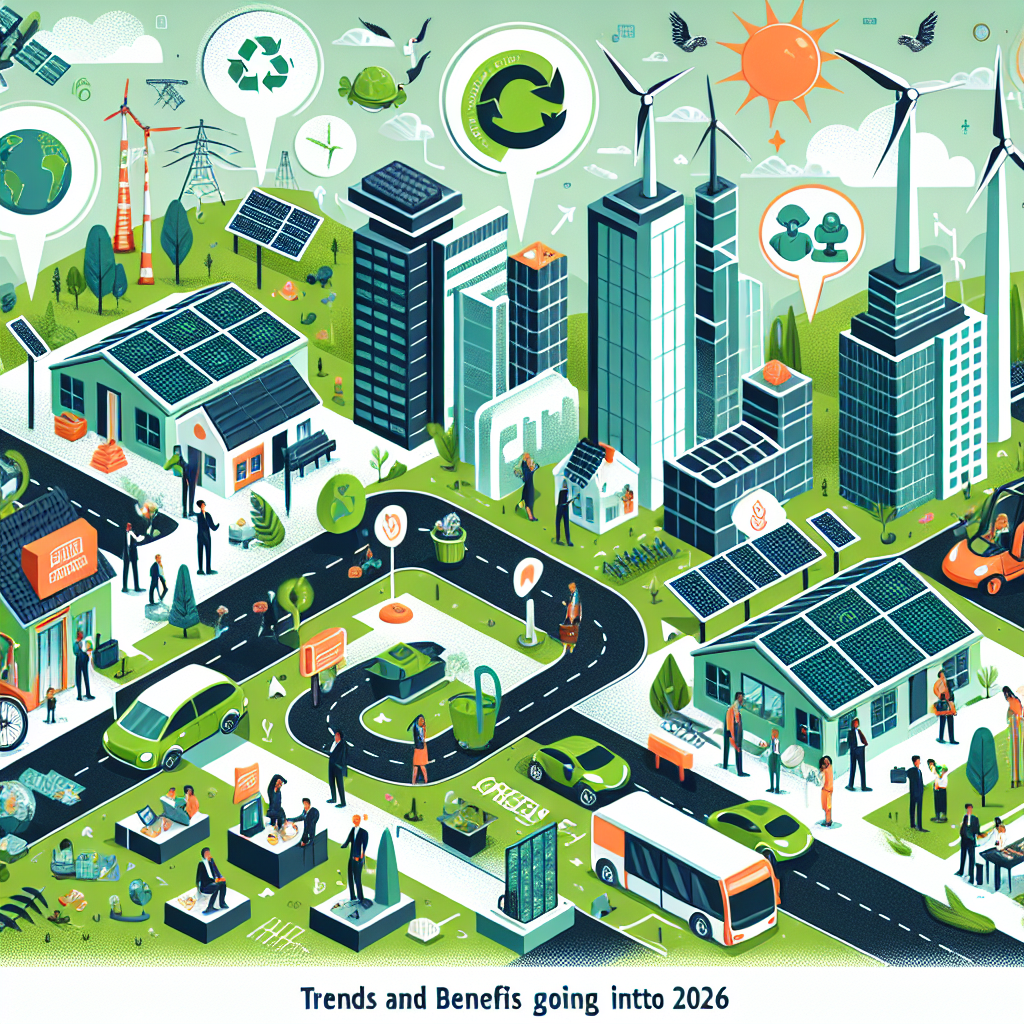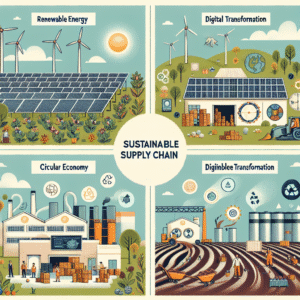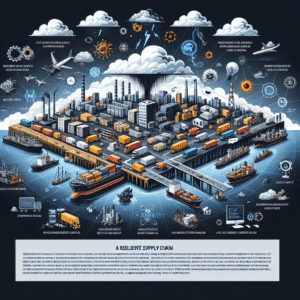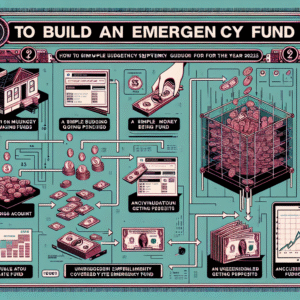Sustainable Business Practices: Trends and Benefits Going Into 2026

Sustainable Business Practices: Trends and Benefits Going Into 2026
As global awareness of environmental challenges grows, sustainability is no longer a buzzword but a business imperative. In the face of evolving regulations, discerning consumers, and ecological risks, organizations are embedding sustainable business practices at every level. Heading into 2026, the landscape continues to shift rapidly, with new trends redefining what it means to be a responsible business. Here’s a look at these emerging trends and the tangible benefits they offer.
Key Trends Shaping Sustainable Business Practices
- 1. Net Zero Commitments Escalate
More businesses are pledging to achieve net zero greenhouse gas emissions by 2030 or 2050, but the focus is sharpening on credible timelines and transparent reporting. As carbon accounting standards mature, investors, partners, and regulators expect detailed action plans—not just promises. Companies are utilizing science-based targets and digital emissions tracking for accuracy and accountability. - 2. Circular Economy Initiatives Take Center Stage
The move away from the traditional “take-make-waste” model toward a circular economy is accelerating. In practice, this means designing products for reuse, refurbishment, and recycling, as well as collaborating with supply chain partners to minimize resource extraction. As new materials and technologies emerge, industries from fashion to electronics are reimagining their lifecycle processes for a lower-impact future. - 3. Supply Chain Transparency Goes Mainstream
Consumers and regulatory bodies are demanding to know how and where products are sourced. Digital tools like blockchain and AI now enable real-time tracking, helping companies ensure ethical sourcing, fair labor practices, and minimal environmental damage. Businesses are publishing transparent supply chain data directly on their websites and annual reports. - 4. ESG (Environmental, Social, Governance) Integration in Strategy
Environmental, social, and governance considerations are moving from fringe reports to core business strategy. Executives are linking ESG performance to executive compensation, risk management, and long-term growth goals. Sophisticated reporting frameworks, such as those from the Sustainability Accounting Standards Board (SASB) and the Global Reporting Initiative (GRI), are becoming standard practice. - 5. Green Technology and Innovation
Investment in clean energy, energy-efficient infrastructure, and sustainable product innovation is surging. From AI-driven energy management in smart buildings to biodegradable materials and water-saving techniques, companies are leveraging technology for transformative sustainability gains.
The Business Benefits of Sustainability
Transitioning toward sustainability is not just about regulatory compliance or brand reputation—it delivers direct and measurable advantages:
- Cost Savings: Energy-efficient operations, waste reduction, and resource optimization cut operational costs. For example, companies that implement robust recycling and reuse systems often see significant reductions in raw material expenses.
- Enhanced Brand Loyalty: Today’s consumers prioritize brands aligned with their values. Sustainable business practices foster customer trust, loyalty, and advocacy—key drivers of long-term growth in an increasingly crowded marketplace.
- Talent Attraction and Retention: Purpose-driven organizations stand out to job seekers, especially among millennials and Gen Z. Employees are now selecting employers with demonstrable commitments to social and environmental causes, seeing alignment as a differentiator and motivator.
- Lower Risk Profile: Proactive sustainability strategies mitigate regulatory, operational, and reputational risks. Companies with transparent ESG practices are better positioned to adapt to shifting regulations and societal expectations.
- Investor Appeal: ESG performance is now a major decision-making factor for institutional investors. Companies with robust sustainability records often enjoy easier access to funding, lower cost of capital, and higher valuation multiples.
How Businesses Can Lead the Way
For organizations looking to accelerate their sustainability journey leading into 2026, consider these action steps:
- Set Ambitious, Measurable Goals: Base your targets on leading standards and communicate them transparently—and be prepared for regular review and adjustment.
- Embed Sustainability Into Core Strategy: Integrate ESG principles into every department and leadership objective, not just as a separate initiative.
- Leverage Technology: Invest in digital solutions for emissions monitoring, resource planning, and supply chain traceability.
- Engage Stakeholders: Foster dialogue with employees, suppliers, customers, and communities. Collaboration leads to more innovative and effective solutions.
- Report Progress Openly: Use recognized standards to report on sustainability performance and be transparent about both successes and challenges.
Looking Ahead: Sustainability as a Competitive Imperative
The momentum behind sustainable business practices will only intensify by 2026. Companies that lead the way—by making real, measurable progress—will be well-positioned to thrive as regulations, innovation, and consumer expectations continue to evolve. Those who lag risk diminishing market relevance and increasing operational risk.
Building a sustainable future is not just about responsibility; it’s about resilience, growth, and securing a competitive edge in the next era of business. The opportunity is here—how will your business respond?
* The post is written by AI and may contain inaccuracies.




